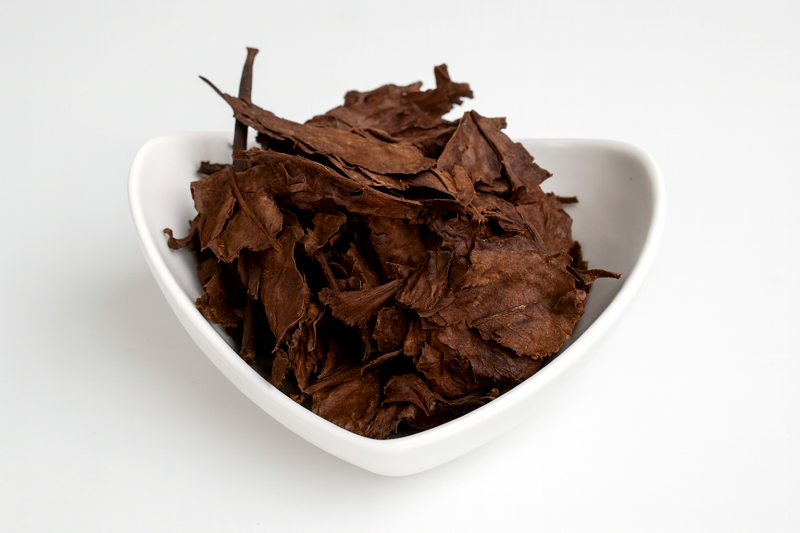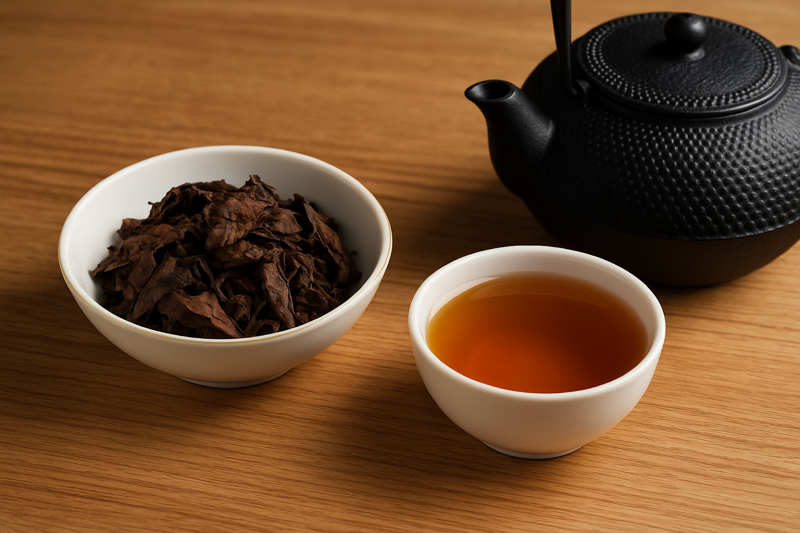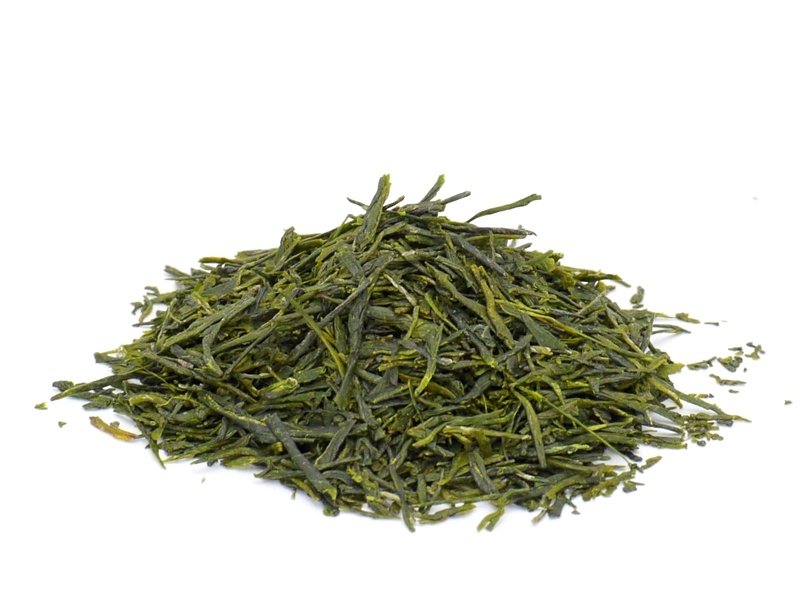Batabatacha
Earthy, tangy, and foamy — Japan’s rare cultural treasure tea.
- Category: Post-fermented tea (Camellia sinensis), regional specialty.
- Origin: Japan — Toyama Prefecture, especially around Asahi Town.
- Harvest: Summer and early autumn; leaves are harvested, boiled, fermented, and then dried.
- Grade: Traditional Batabatacha; Modern Batabatacha; Ceremonial Batabatacha



Tasting Profile
Brewing Guide
- Tea-to-water ratio~5 g leaves per 200 ml water.
- Water temperature95–100 °C (203–212 °F).
- Steeping timeBoil the leaves for several minutes, then whisk into froth.
- InfusionsGenerally prepared once (not multiple infusions), whisked and consumed fresh.
Background & Story
Batabatacha is one of Japan’s rarest and most culturally unique teas, hailing from Toyama Prefecture, particularly Asahi Town. Unlike the more common Japanese green teas such as sencha or matcha, Batabatacha is a post-fermented tea, meaning the leaves undergo microbial fermentation after being boiled and dried. This gives it a distinctive sour, earthy character that sets it apart from the majority of Japan’s steamed green teas.
The history of Batabatacha stretches back centuries and is deeply tied to the region’s traditions. The name “batabata” comes from the onomatopoeic sound of whisking the tea vigorously into foam during preparation. Traditionally, the tea was prepared during community gatherings, ceremonies, and especially the “Bon” festival, when families honored their ancestors. Villagers would gather to drink Batabatacha together, reinforcing its role not just as a beverage but as a ritual of connection and hospitality.
Production involves harvesting tea leaves in summer or early autumn, then boiling them, fermenting them in wooden vats with naturally occurring microbes, and finally sun-drying them for storage. When brewed, the leaves are boiled again, and the tea is whisked with a bamboo whisk (chasen) to create a foamy, savory, and slightly sour beverage. The foam, flavor, and communal sharing are considered integral to the Batabatacha experience.
Because it is region-specific and labor-intensive to produce, Batabatacha remains rare even within Japan. While large-scale Japanese tea culture focused on sencha and matcha, Batabatacha survived as a local specialty cherished by Toyama residents and cultural preservationists. In recent years, interest in traditional fermented foods and teas has revived curiosity about Batabatacha, making it a hidden gem for tea enthusiasts exploring beyond mainstream Japanese varieties.
Today, Batabatacha is not just a drink but a living symbol of heritage — a foamy, earthy tea that preserves community, memory, and regional identity in every cup.
Benefits
- Contains probiotics from fermentation that may support gut health
- Rich in polyphenols and antioxidants that help protect cells
- Traditionally valued for aiding digestion after heavy meals
- Low in caffeine, making it gentle for evening or communal drinking
- Strengthens cultural connection and community through shared rituals
Serving Suggestions
Pairings
- Pickled vegetables (tsukemono), enhancing its tangy profile
- Steamed rice with simple side dishes for a traditional Japanese meal
- Light seafood such as grilled fish or sashimi
- Fermented foods like miso soup or natto to complement its earthy character
- Mild sweets like rice crackers (senbei) or mochi for contrast
Teaware
- Iron or clay kettle
- Chawan (tea bowl)
- Chasen (bamboo whisk)
Nutrition Facts
Serving Size: 1 cup brewed Batabatacha (240 ml)
| Nutrient | Amount per Serving | % Daily Value* |
|---|---|---|
| Calories | 0–2 | 0% |
| Total Fat | 0 g | 0% |
| Sodium | 0 mg | 0% |
| Total Carbohydrates | 0 g | 0% |
| Protein | 0 g | 0% |
| Vitamin C | Trace | <1% |
| Vitamin A (beta-carotene) | Trace | <1% |
| Calcium | 2–4 mg | <1% |
| Potassium | 15–25 mg | <1% |
| Magnesium | 1–3 mg | <1% |
| Caffeine | 5–10 mg (low) | — |
| L-theanine | Trace | — |
| Catechins & Polyphenols | 20–40 mg | — |
| Probiotics (fermentation) | Present | — |
| Chlorophyll | Reduced (post-fermentation) | — |
**Percent Daily Values are based on a 2,000 calorie diet.
† Functional compounds such as caffeine, catechins, probiotics, and fermentation products do not have established %DV but contribute to Batabatacha’s digestive and cultural health benefits